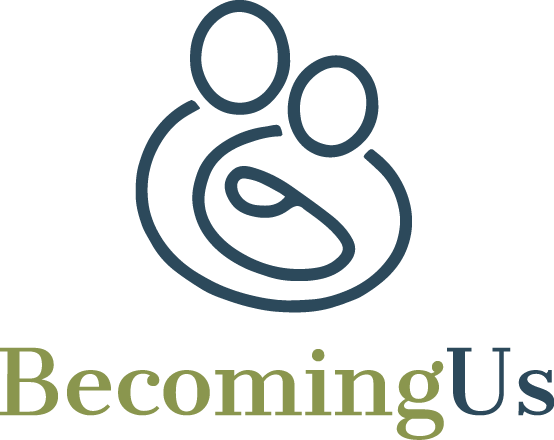Babies come with intense joy, love and wonder but the responsibilities of caring for them 24/7 is also likely to bring periods of frustration, boredom or loneliness. Add fatigue into the mix and most parents find that the highs are higher and the lows are lower. Both may need to expand their capacity to cope with the emotional rollercoaster that early parenthood sets us on.
Most of us were parented in a way where the focus was on guiding our behaviour rather than managing our emotions, but not knowing how to manage our feelings is what tends to cause the most parenting and relationship distress. On the other hand, emotional literacy supports our ability to create and sustain all our nurturing relationships, whether it’s with partner and children, family, friends and co-workers, so it’s like a life skill to know how to work with our feelings.
Humans have a number of basic emotions - including fear, joy, disgust, anger and hurt. Each of these emotions serve an important function that help us to survive, manage our environment and express our needs: we feel fear in response to a threat and the physical energy of it helps us to fight, run away or seek reassurance. Disgust steers us away from things which can shock or distress us or cause illness. We will feel hurt in response to an emotional or physical injury and naturally want to cry. Tears contain a soothing chemical and also act as a signal to others that we need comfort. We naturally feel anger in response to an intrusion or violation, and harnessing the anger-energy helps us to be assertive when someone has overstepped a boundary.
Anger is tricky though, as it’s also what’s called a secondary emotion; it often ‘covers up’ other, more vulnerable, primary emotions that sit underneath.
For example, if our toddler darts towards the road, we might focus on our anger, but first we’ll experience a felt a jolt of fear. And finally, joy is best shared; it bonds us to others, increases our sense of mutual protectiveness and supports the wellbeing of those who are closest to us.
All our emotions are a natural response to the circumstances we find ourselves in; each has a different goal and a different physical energy that builds up inside our bodies. After the energy is released, our bodies and brains are designed to return to a state of balance.
But here’s the thing: many of us have been socialised and perhaps taught by our parents not to feel emotions that are considered ‘negative’. Because of this we can be uncomfortable with some of our emotins and resist learning how to express them appropriately.
But by avoiding, blocking or ignoring our emotions, we’re working against the energy, instead of working with it. This is like being at war with ourselves.
The natural flow of emotional energy can build up and over time a number of things can happen. Our original, primary emotion can transform into other secondary emotions (like frustration, anxiety, helplessness, depression or confusion). Many helping professionals believe that the high rates of anxiety and depression we are seeing stems from people not knowing how to navigate their emotions. Unmanaged emotions can also become physical complaints. Heart disease, for example, is commonly linked with anger.
The great news is that knowing how to work with your emotions rather than against them is a life skill that can be learned at any age or stage - and then, when parents learn this skill they can pass on to their children. What a gift that is.
Emotional agility has three steps: Awareness, acceptance and action.
First, feel the feelings. Many parenting situations will leave us with mixed emotions, so be aware of this and develop the ability to have the range of them all.
Next, be OK about feeling the feeling. So often we tell ourselves “I shouldn’t feel this way” or “I should be…”. When we do this, we create an internal conflict. The fact is we do feel the way we feel, whether we like it or not! Paradoxically, accepting the feeling is the beginning of making changes to how we do or don’t express it.
The third step is to take appropriate action to move the energy and express the feeling in an intentional way. So if you’re frustrated, go for a walk, if you’re angry, punch a pillow or kick a soccer ball (and not the dog). If you’re sad, let yourself cry or reach out and call a friend. If you’re feeling joyful, high five and hug it out!
By becoming emotionally savvy, we can show our kids how to be. Emotionally intelligent children are more likely to grow up with good emotional and mental health and an increased ability to sustain their own nurturing relationships as they grow. And that’s a beautiful gift for all.
For more on emotionally aware parenting see Becoming Us, The Couple’s Guide to Parenthood.

